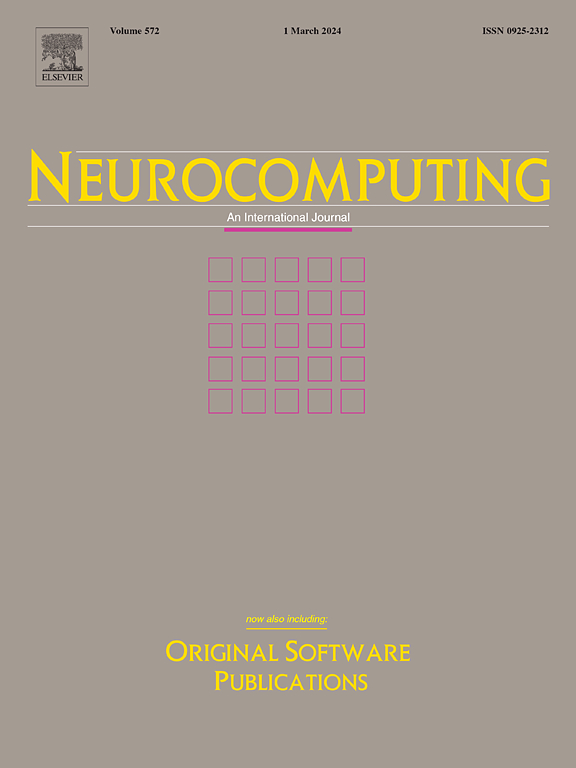结合注意力融合网络和混合知识蒸馏的轻量级表情识别
IF 6.5
2区 计算机科学
Q1 COMPUTER SCIENCE, ARTIFICIAL INTELLIGENCE
引用次数: 0
摘要
在网络教育中,及时、准确地监控学生的学习状态是至关重要的。面部表情识别是评估他们参与程度的主要工具。现有算法在直接应用于在线学习时还存在一些问题。这些问题主要涉及遮挡导致的面部特征丢失,直接影响表情识别的准确性,同时表情识别模型需要大量的参数和巨大的计算能力,难以在硬件资源有限的移动设备上有效部署和应用。我们的目标是通过两个阶段的框架来解决这两个问题:一个是遮挡面部表情识别模型的训练过程,另一个是遮挡面部表情识别的压缩过程。具体而言,在第一阶段,我们提出了一种基于注意融合(AFNet)的遮挡面部表情识别模型,该模型采用多分支空间注意网络,提取局部面部特征,自动感知面部遮挡区域,降低遮挡区域的权重,并结合随机掩蔽通道网络增强遮挡的鲁棒性。同时,引入特征金字塔网络提取全局多尺度特征。第二阶段,提出了一种基于多层知识蒸馏(MKD)的混合模型压缩算法。引入空间关注网络,聚焦重要知识,减少知识提炼过程中的信息损失。在5个数据集上的实验结果表明,AFNet和MKD都优于基线。本文章由计算机程序翻译,如有差异,请以英文原文为准。
Lightweight expression recognition combined attention fusion network with hybrid knowledge distillation for occluded e-learner facial images
In online education, it is crucial to monitor the students’ learning status timely and accurately. Facial expression recognition serves as the main tool for assessing their engagement levels. Existing algorithms still have some issues when directly applied in online learning. These issues primarily involve the loss of facial features due to occlusion, which directly affects the accuracy of expression recognition and at the same time, the expression recognition models require a large number of parameters and significant computational power, making them difficult to deploy and apply effectively on mobile devices with limited hardware resources. We aims to address the two issues by a two-stage framework: training process of an occluded facial expression recognition model, and the compression process of the occlusion facial expression recognition. To be more specific, in the first stage, we propose an occlusion facial expression recognition model based on attention fusion (AFNet), which adopts a multi-branch spatial attention network, extracts local facial features, automatically perceives facial occluded regions, reduces the weight of the occluded areas, and enhance robustness to occlusion by combining with a randomly masked channel network. Meanwhile, a feature pyramid network is introduced to extract global multi-scale features. In the second stage, we propose a hybrid model compression algorithm based on multi-layer knowledge distillation (MKD). We introduce a spatial attention network to focus on the important knowledge, reducing the information loss during knowledge distillation. Experimental results on five datasets show that the AFNet and MKD outperformed the baseline.
求助全文
通过发布文献求助,成功后即可免费获取论文全文。
去求助
来源期刊

Neurocomputing
工程技术-计算机:人工智能
CiteScore
13.10
自引率
10.00%
发文量
1382
审稿时长
70 days
期刊介绍:
Neurocomputing publishes articles describing recent fundamental contributions in the field of neurocomputing. Neurocomputing theory, practice and applications are the essential topics being covered.
 求助内容:
求助内容: 应助结果提醒方式:
应助结果提醒方式:


